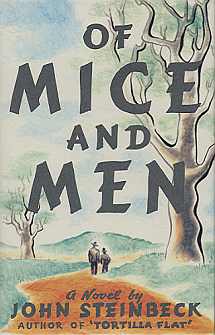
What would Friar Lawrence do?
So I was looking for a lesson on characterization on my own site the other day. I found some good ones, but nothing that I could just print out and use.
I couldn’t help feel that I had totally let down my colleagues from around the world. I sought the advice of Friar Lawrence as to what punishment would serve me best.

Still wise Odysseus!
Later that day, I rented a boat, put on a pair of cement shoes, and struck out for the middle of Lake Mead. Right as I was about to leap from the bow of the ship, the dead body of Odysseus floated to the surface with a chart, a chart which would soon become the basis for an outstanding characterization lesson plan.
Look here!
I won’t be totally offended if you just snag this Characterization-Chart and move on your merry way.
Here’s what you do.
- Discuss the four ways a writer develops characters: (1) Physical Appearance; (2) Direct Comments; (3) Character’s Actions, Thoughts, Words, Feelings; (4) Other Characters’ Thoughts, Actions, Feelings, and Words.
- Read a story with at least one discussable character.
- Hand out the chart.
- Fill it in as a class or instruct students to fill it in as they read or after they read.
 If there are not enough characters in the story you’re reading, no problem. Use it across multiple stories. I initially used the characterization chart for Of Mice and Men. There are enough characters to go around. I have also used it for Ender’s Game.
If there are not enough characters in the story you’re reading, no problem. Use it across multiple stories. I initially used the characterization chart for Of Mice and Men. There are enough characters to go around. I have also used it for Ender’s Game.
It’s also useful for short story units. Characters include Mathilde Loisel from “The Necklace,” “Sylvia from “A White Heron,” Montresor from “The Cask of Amontillado,” Walter Mitty from “The Secret Life of Walter Mitty,” and more.
By using multiple short stories, students recognize that despite an immense difference in characters, the methods of characterization are the same.
Here are some ELA Common Core Standards to dazzle your colleagues.
- RL.9-10.1 Cite strong and thorough textual evidence to support analysis of what the text says explicitly as well as inferences drawn from the text.
- RL.9-10.2 Determine a theme or central idea of a text and analyze in detail its development over the course of the text, including how it emerges and is shaped and refined by specific details; provide an objective summary of the text.
- RL.9-10.3 Analyze how complex characters (e.g., those with multiple or conflicting motivations) develop over the course of a text, interact with other characters, and advance the plot or develop the theme.

Speak Your Mind